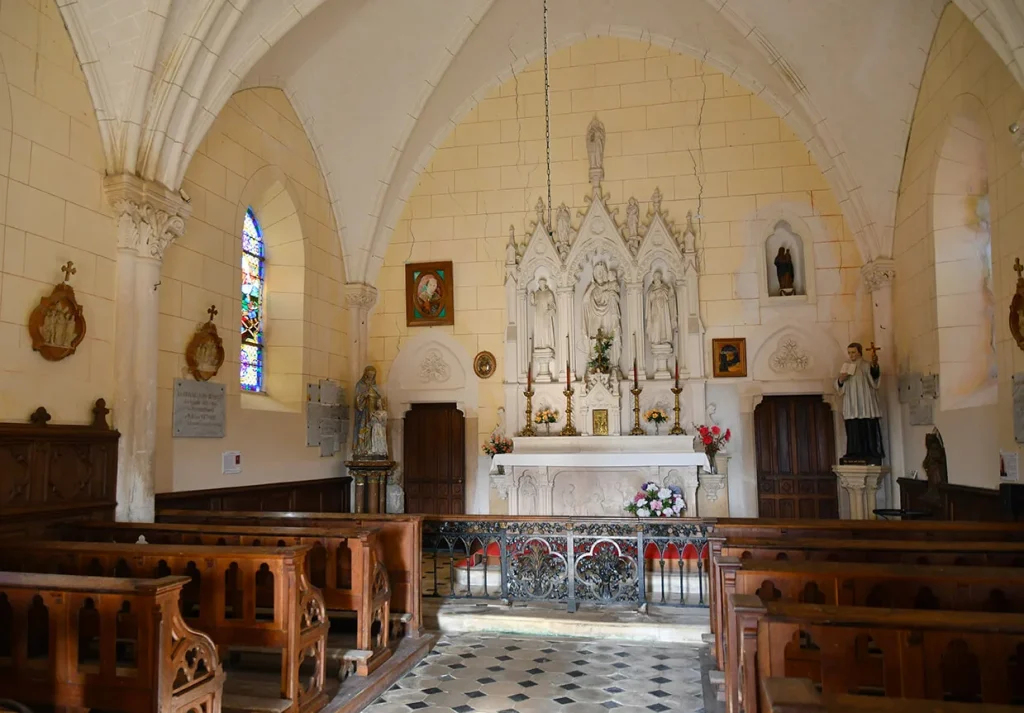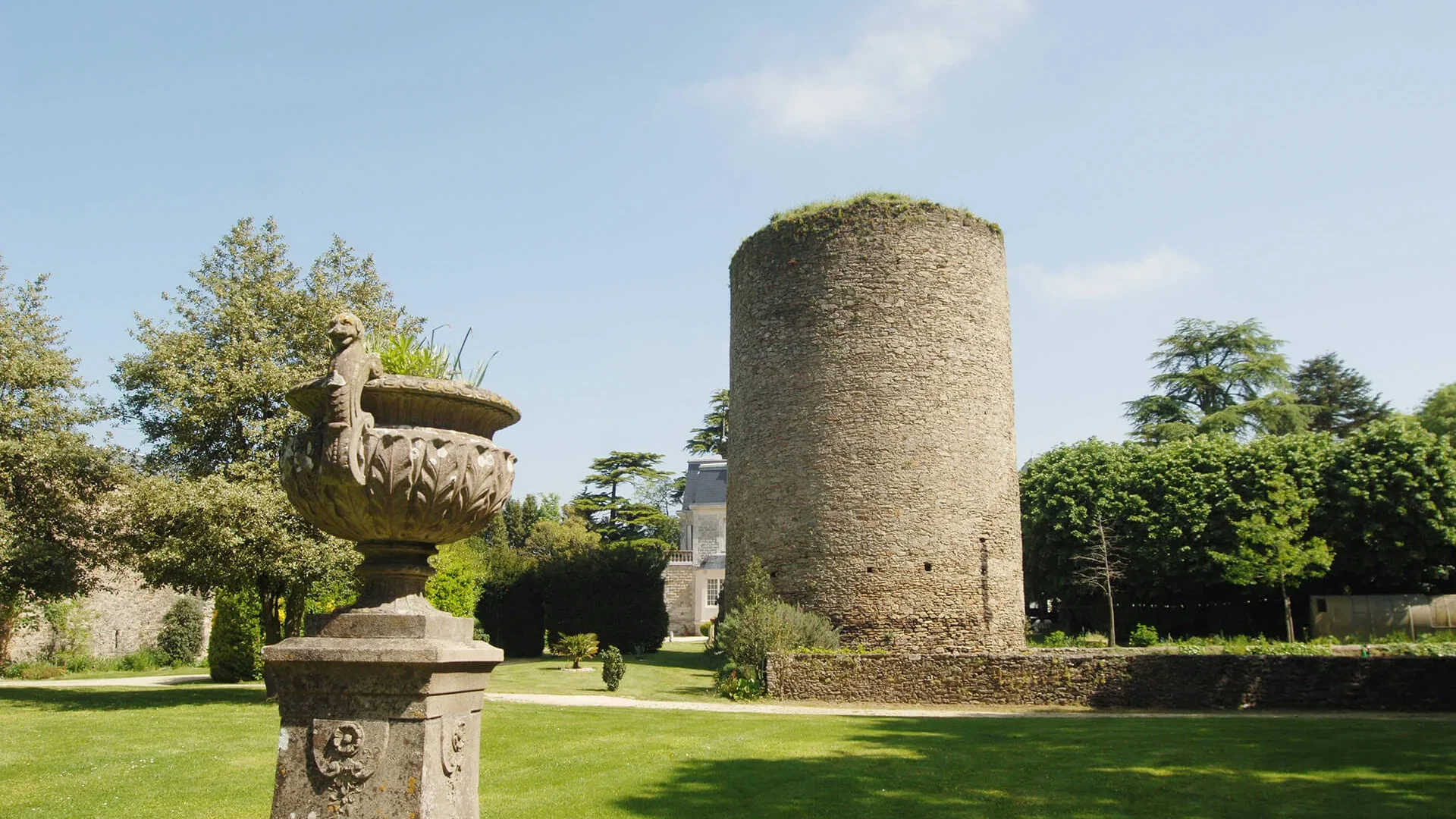Château de La Garnache
Classified as a historic monument in 1925, the château bears witness to the glorious past of the Lords of La Garnache. Situated between Bas-Poitou and Brittany, it was built on the seafront from the 11th century onwards. The first wooden keep was burnt down, giving way to a feudal castle. Unfortunately, in 1622, influenced by Richelieu, Louis XIII, at war with the Protestants, ordered its dismantling. An attractive residence was built at the end of the 19th century, and thanks to the great care taken by the successive owners, these impressive ruins have survived to the present day.
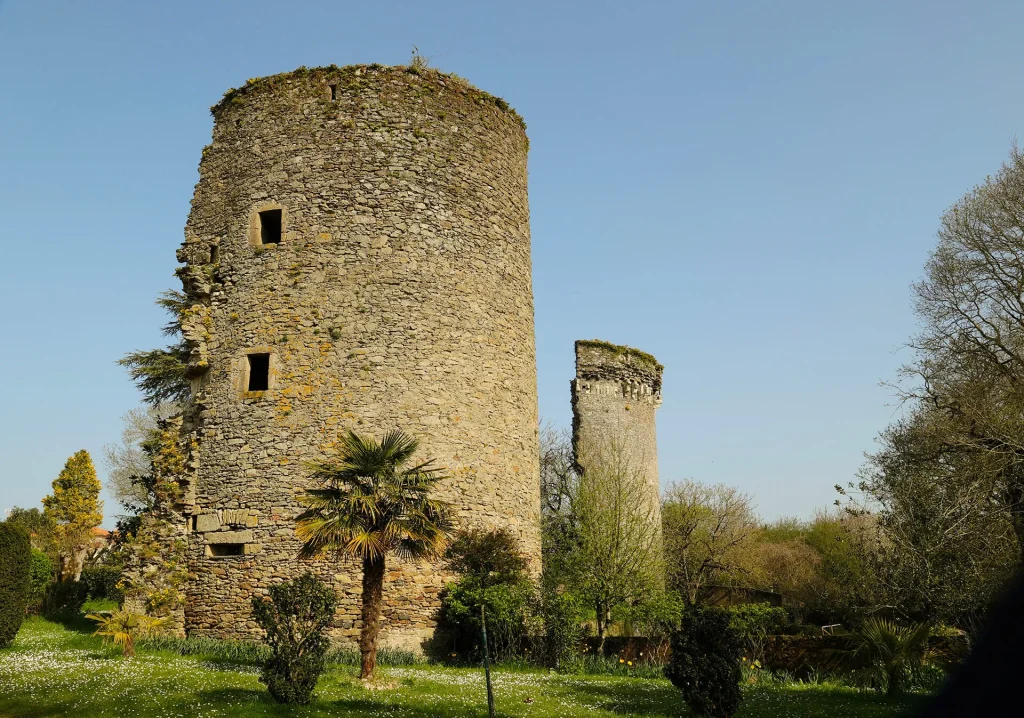
Feudal Motte
Neighbouring the castle, this feudal or castral mound was equipped with a wooden keep as early as the 10th century. This was burnt down to make way for the castle we know today. These mottes are quite common in the area: recurring Viking invasions forced the inhabitants to protect themselves.
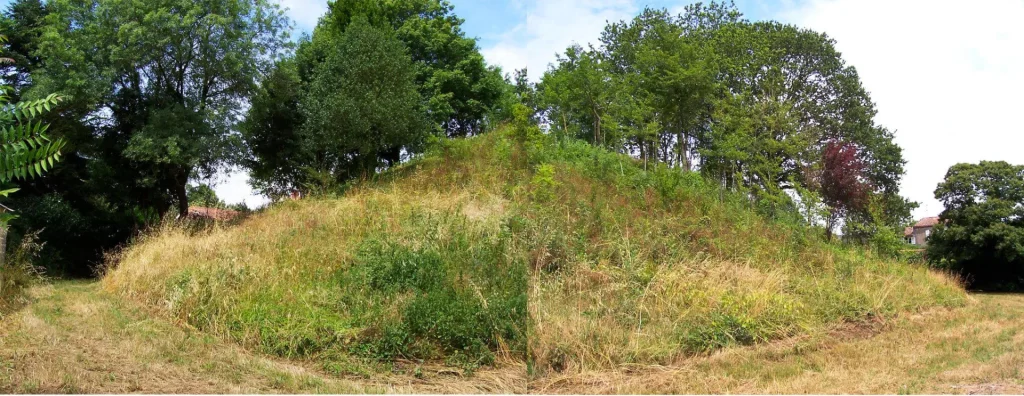
The Church
This imposing church was built in 1899 to replace a much older one, the foundations of which were laid at the same time as the château. Built in the neo-Romanesque style, it was completed in 1926. It houses high-quality furnishings and a remarkable banner commemorating the Battle of Lepanto.
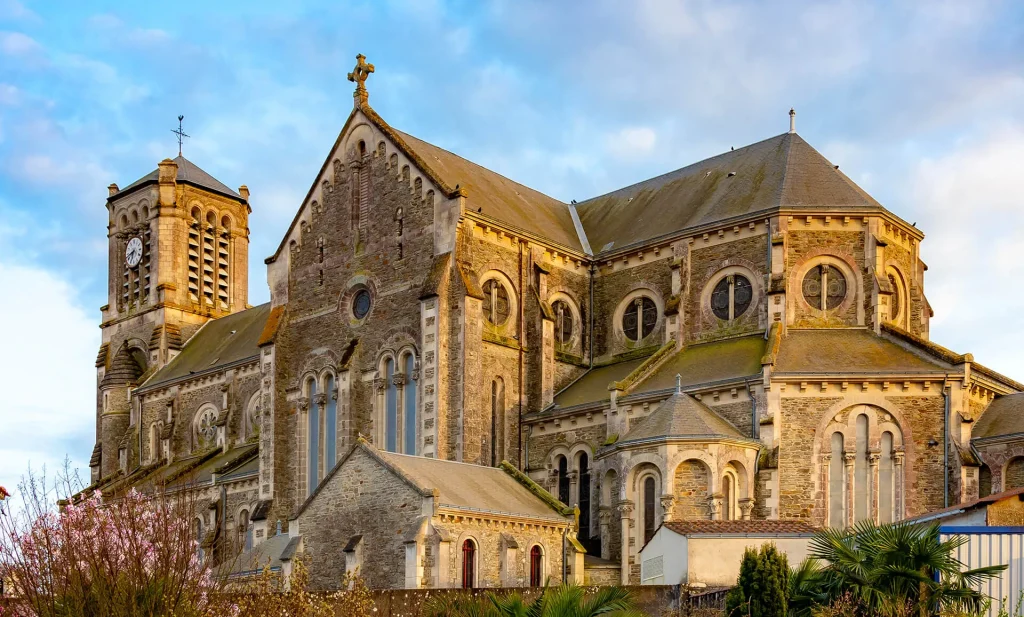
Town Hall
Built at the end of the 19th century, the La Garnache town hall is an elegant, perfectly symmetrical building, typical of the administrative architecture that borrowed its codes from the neo-classical style at the time: triangular pediment, brick facing, semi-circular opening...
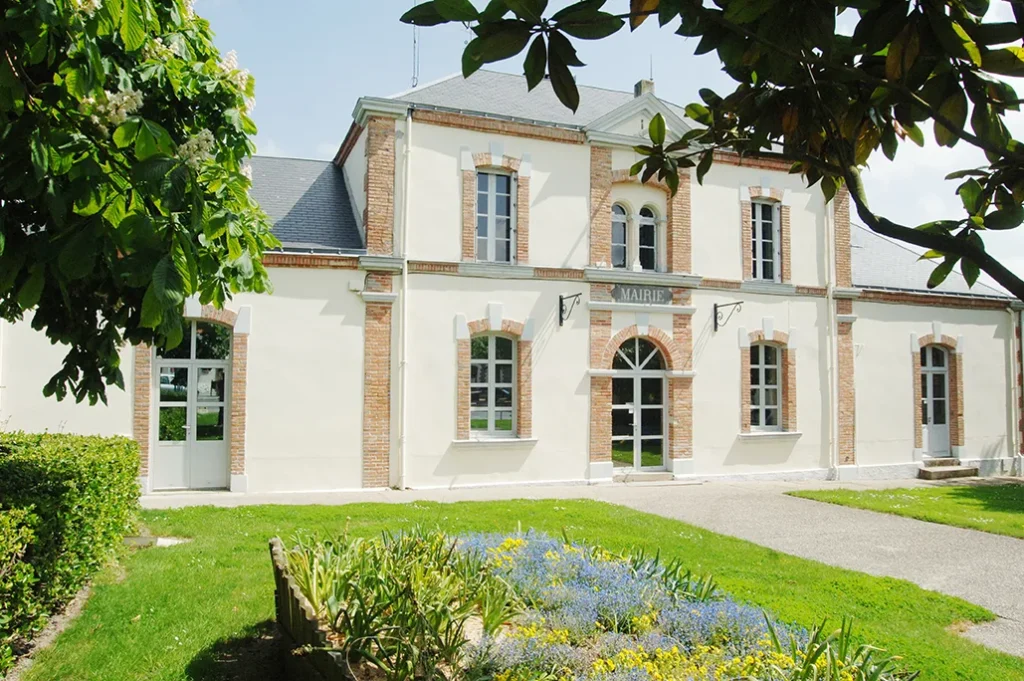
The Calvary of the Grand Bridge
The first calvary was erected in 1711 by Father de Montfort on the edge of the rue du Grand Pont, from which it takes its name. Replaced after the French Revolution, a new calvary was erected, but it did not stand up to the ravages of time. It was not until 1930 that the current calvary was built. Made of granite, the statuary is the work of the Union Artistique de Vaucouleurs.
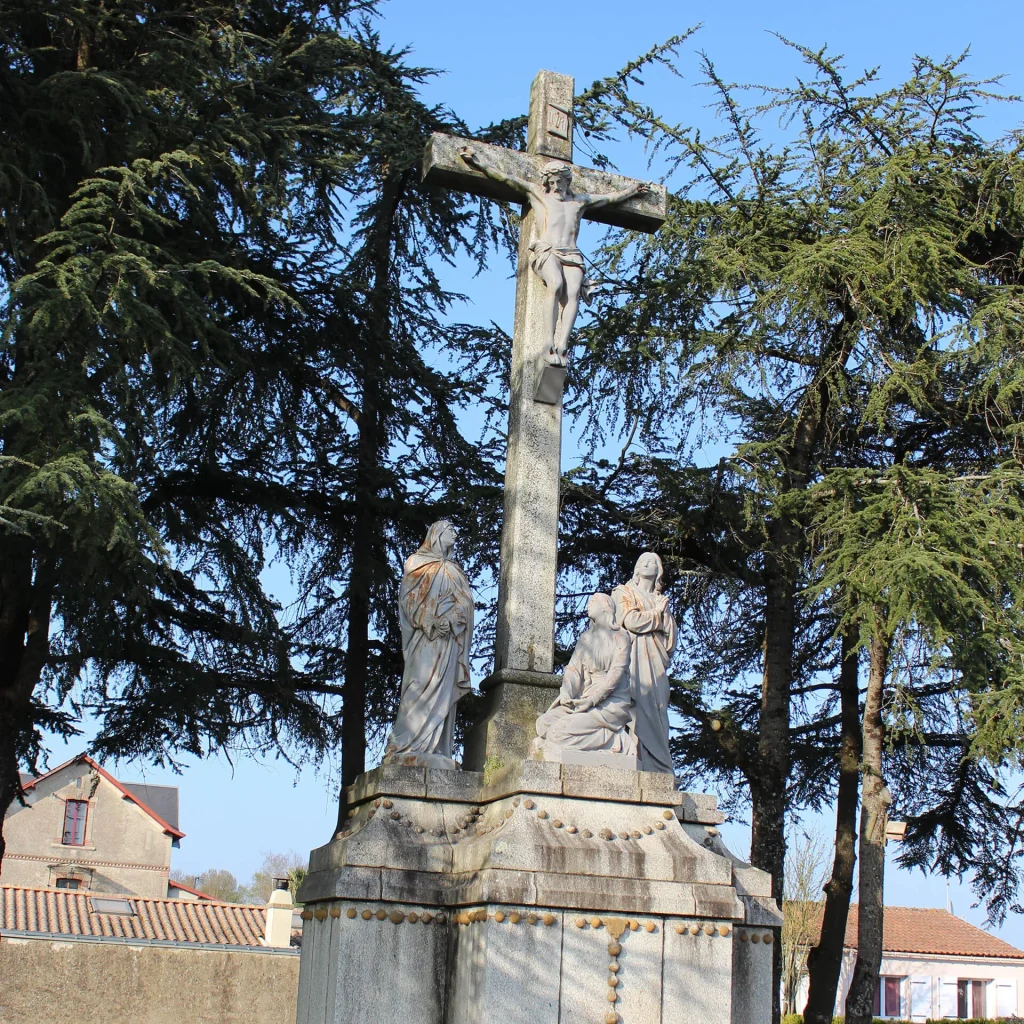
Notre-Dame-de-la-Victoire Chapel
Once dedicated to Saint Leonard, this chapel, whose origins date back to the 14th century, was considerably restored in the 18th century by Father de Montfort, who preached several missions there. It was then given the title of Victory, a reference to the naval battle of Lepanto.
